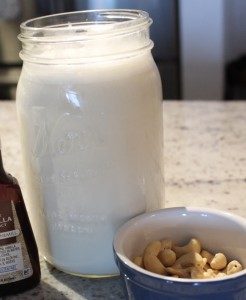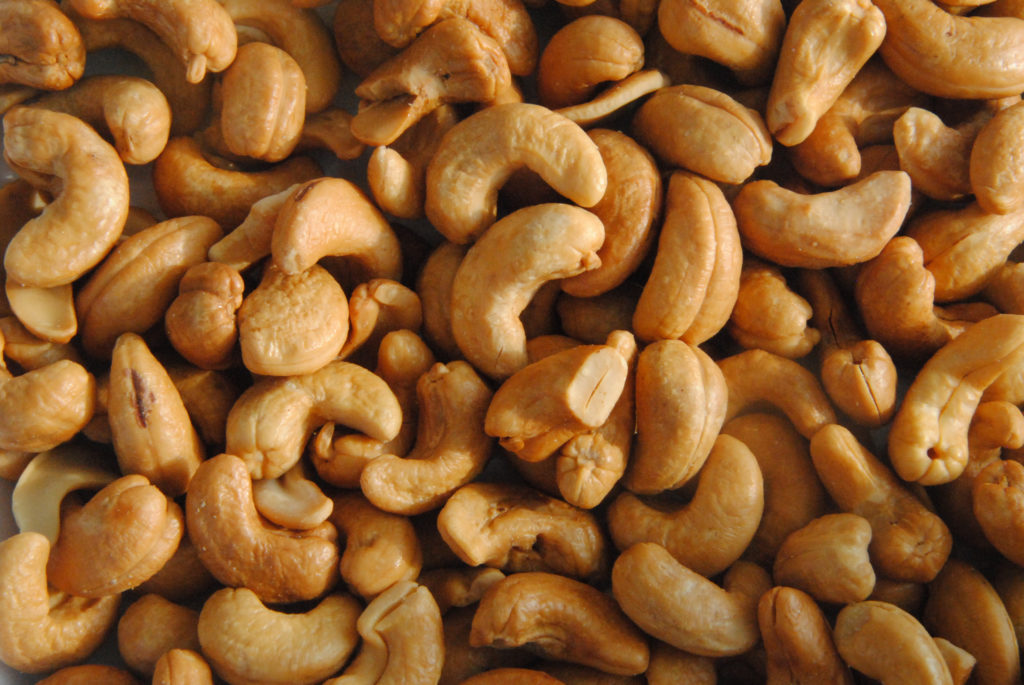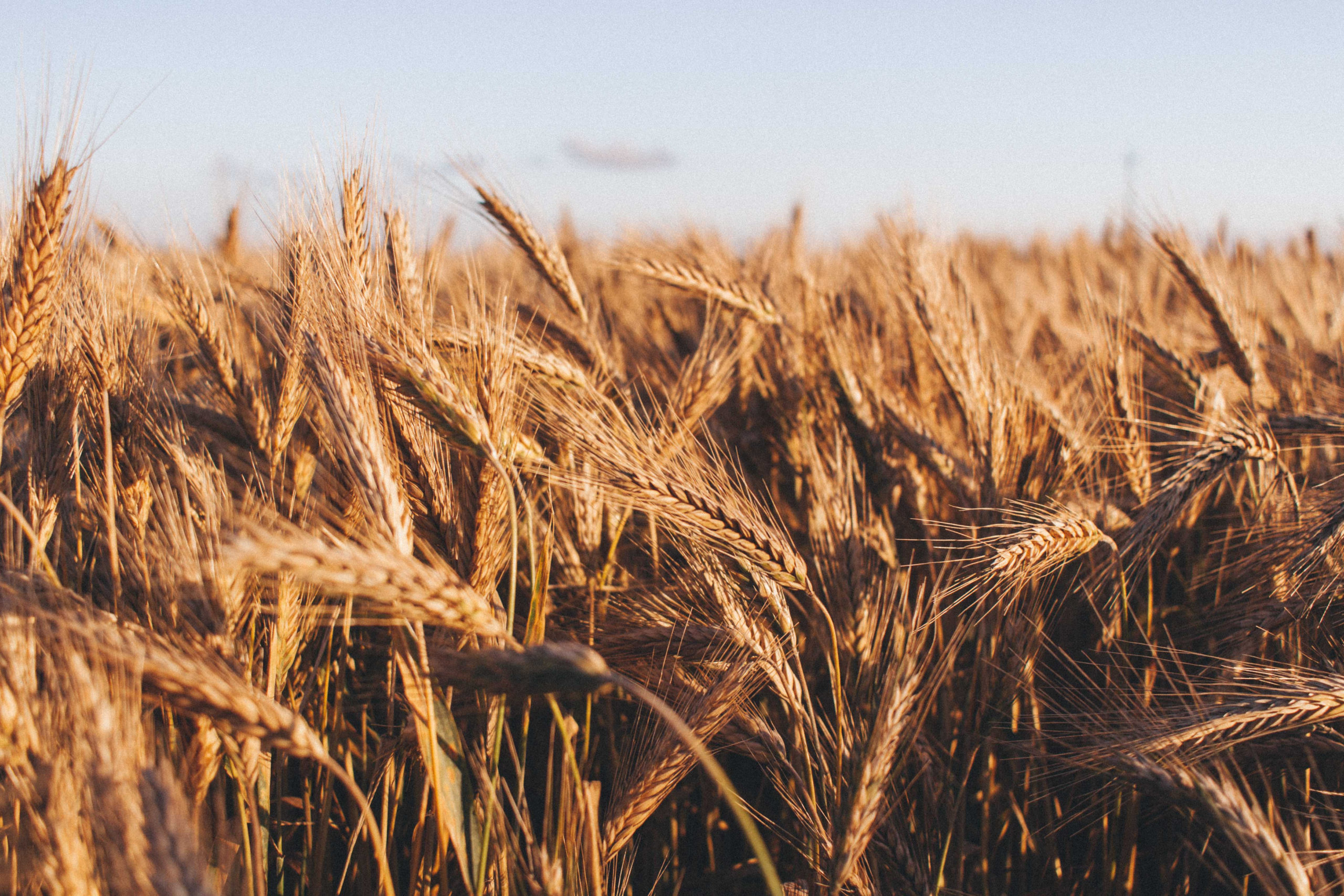With dairy intolerances and vegan diets on the rise, many individuals are turning to drinking more nut milks. I don’t know about you, but I love experimenting with a variety of different nut milks. However, it isn’t always easy to find one that is made up of more ingredients than necessary. Not to mention, when I do find a decent milk with very few ingredients, its not cheap! Often, I encourage my clients to “just make it” themselves and shortly after comes the eye roll! Although making a nut milk may seem intimidating, I promise you it is not. All you need is about 3-4 ingredients, a blender and a nut milk bag (optional).
Even though it is relatively easy to make any nut milk, one of my favorites is cashew milk. Cashew milk is one of the creamiest of all the nut milks and it tastes even better when you make it at home. Although it is no necessary to strain the milk once blended, I enjoy using the leftover nuts as cashew butter in one of my favorite recipes, Creamy Cashew Alfredo, or let it dry out for a delicious cashew flour.
So, let’s go nuts! Although you can use a wide variety of nuts, seeds and grains to make homemade dairy free milk, in the spotlight for this post, are cashews. Cashews are a healthy source of fat and provide us with oleic acid, one of the best sources of heart healthy fats, monounsaturated fat. The same type of fat found in olive oil. Cashews are also packed with Vitamin E, B6, copper, zinc, magnesium, iron and selenium. Cashews are especially a good source of Magnesium. Magnesium is crucial for good sleep, heart health including blood pressure and heart rate, digestion and can help decrease migraines and headaches. In fact, about 80% of the population is deficient in Magnesium which may be due to lack of whole foods, stress, and toxic exposure including heavy metals, alcohol, nicotine and overall lifestyle. Selenium and Vitamin E are antioxidants that help protect us against the aging process and disease. And finally, copper works with magnesium to help body build collagen as well as absorb iron. It is the synergy of vitamins and minerals that work together providing us with the best overall health benefits.
To make cashew milk, you will need the following:
1 blender
1 cup raw cashews (or any other nut)
4 cups water
2 tsp 100% maple syrup, agave or 3-4 dates (optional)
1 tsp vanilla
Dash of cinnamon, ginger, nutmeg or cardamom (optional)
1 nut milk bag (optional)
Soak nuts in water for a minimum of 4 hours. This allows the nuts to soften and bring out the enzyme benefits of nuts, making it easier to digest. You can soak for as long as you want, it won’t hurt, but it will bring out a nuttier, creamier flavor!
After you are done soaking, strain the water and toss in a blender with ingredients of choice. I most often prefer just the nuts and water as I use the leftover nut butter for savory dishes that I prefer not to be sweet. However, you can add a dash of cinnamon, nutmeg or other spice along with maple syrup or dates to sweeten. Allow to blend until smooth and frothy. You can either keep unstrained or run through a nut milk bag, cheesecloth or a very fine strainer. Pour into a jug or a glass mason jar and drink within 3-5 days. Can sip alone or add to your favorite smoothie, overnight oats or use in creamy cashew alfredo, which is also a great substitute to cream in your favorite cream based soup like Cauliflower, Leek and Potato Soup . Makes an excellent creamer to your coffee as well and tends to be thicker and creamier!
Whatever you do, DO NOT throw away the leftover pulp! You can let dry and use as flour or nut meal in muffins, breads, pancakes or even smoothies. If not using right away, no worries! It freezes well too.
Enjoy!



![7516793296_IMG_1198[17316]](https://redapplenutrition.com/wp-content/uploads/2019/06/7516793296_IMG_119817316-300x200.jpg)
![7516793296_IMG_1199[17317]](https://redapplenutrition.com/wp-content/uploads/2019/06/7516793296_IMG_119917317-300x200.jpg)
![IMG_0839[17320]](https://redapplenutrition.com/wp-content/uploads/2019/06/IMG_083917320-300x225.jpg)


